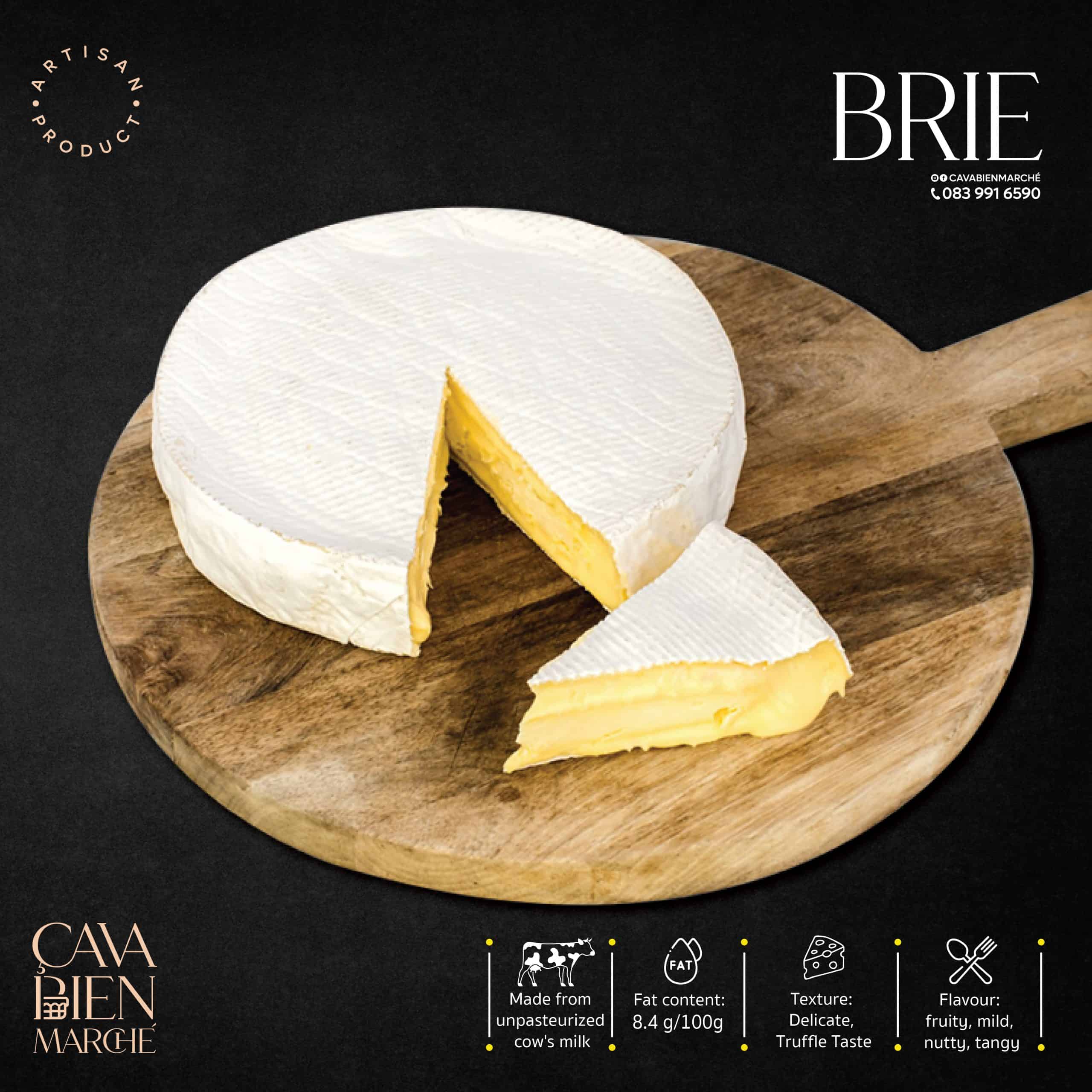Description
Brie may be produced from whole or semi-skimmed milk. The curd is obtained by adding rennet to raw milk and warming it to a maximum temperature of 37 °C (98.6 °F). The cheese is then cast into moulds, sometimes with a traditional perforated ladle called a pelle à brie. The 20 cm (8 in) mold is filled with several thin layers of cheese and drained for approximately 18 hours. The cheese is then taken out of the moulds, salted, inoculated with cheese culture (Penicillium candidum, Penicillium camemberti) or Brevibacterium linens, and aged in a controlled environment for at least four or five weeks.
If left to mature for longer, typically several months to a year, the cheese becomes stronger in flavour and taste, the pâte drier and darker, and the rind also darker and crumbly, and it is called Brie Noir (French for ‘black brie’).
Overripe brie contains an unpleasantly excessive amount of ammonia, produced by the same microorganisms required for ripening.






Reviews
There are no reviews yet.